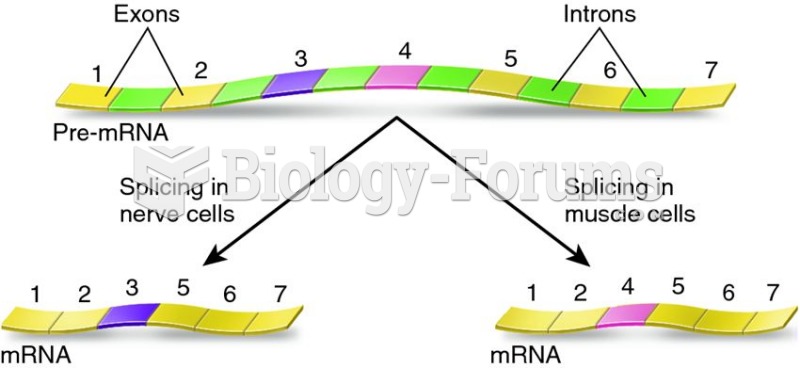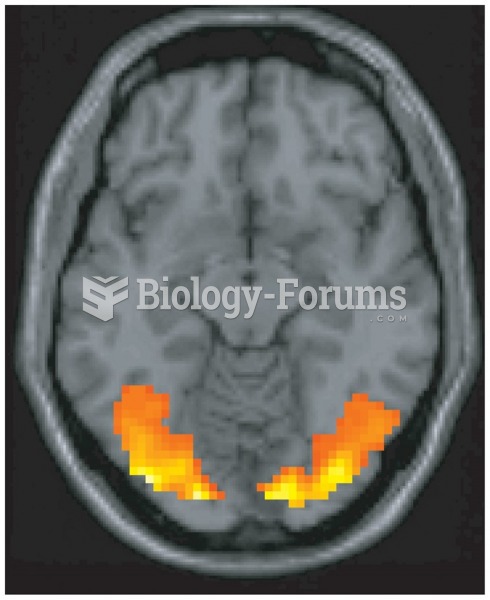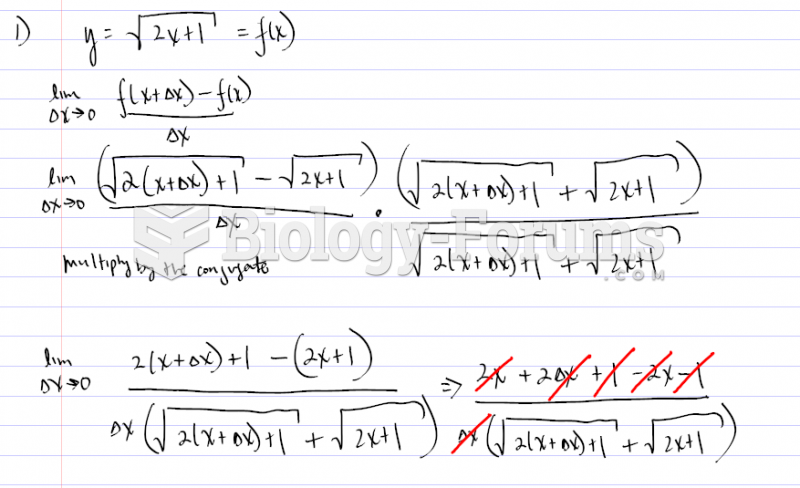Answer to Question 1
ANSWER: Who to Target
Who are you documenting information for?
The children so they can see what they learned,
Families so they can track their childs progress, Accrediting body to document your programs quality,
State education or licensing agency to confirm compliance with standards, The community to inform them of program accomplishments,
Your governing board to report progress towards goals, and
Funders to confirm their investment was sound.
What to Document
What you document depends on your purpose.
Child outcomes for planning and evaluating curriculum and teaching methods, Program outcomes for program evaluation,
Program improvement for comparison and planning, (See Figure 14-7) Learning to share with children and parents,
Room arrangement and function to plan improvements, Outdoor Environment to plan improvements,
Health and Safety to confirm compliance with regulations and improve practices,
Parent Involvement to assess and improve practices, Meal service to improve quality and cost efficiency, Community Involvement to plan marketing, and
Services for Culturally, Linguistically, and Ability Diverse Children to improve practices.
Where to Document
In classrooms to evaluate teaching practices and curriculum implementation, Learning centers to determine their effectiveness,
The entire program to evaluate all the components that determine program effectiveness, and
Outdoors to evaluate equipment maintenance and appropriateness and nature experiences.
When to Document
Document all the time to provide continuous feedback, Document child assessments 2-3 times annually, Document program evaluations annually,
Document project results at the end of a project, and
Document curriculum implementation and childrens learning ongoing to inform
continuous improvement and plan learning experiences and interventions.
How to Document
Create portfolios to track progress over time,
Using technology to conduct surveys, evaluate child outcomes and plan interventions, and document compliance with standards, and
Develop documentation boards and books to share childrens learning.
Why
Why are you wanting to collect information on child success in your class? For
example, you may be
seeking National accreditation,
measuring child outcomes to share with parents, (See Figure 14-6)
planning program improvement, or
compiling information for a funders report.
Answer to Question 2
ANSWER: Who to Target







